cdsieg
Bronze Member
Anything interesting or particulary old with any of these bullets?
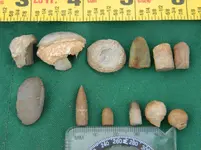 The grey one ( the first one in the second row and the last one in this photo)
The grey one ( the first one in the second row and the last one in this photo) 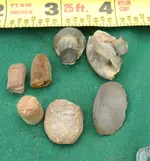 looks like it hit a fence pole to make this shape.?.??
looks like it hit a fence pole to make this shape.?.??
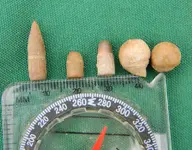
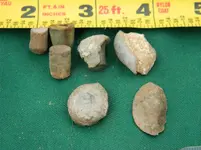
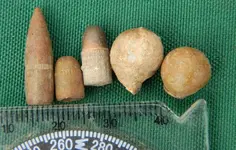
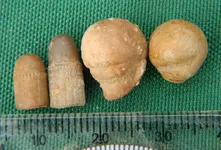
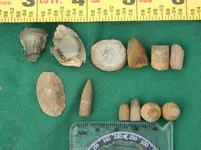
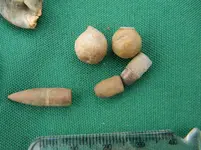
In this one (3 photos same bullet), I am not sure if that mark just accured or if it was part of the bullet.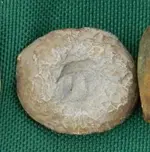

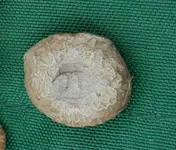
I am digging in the woods in East Texas (12 Miles of mostly woods) I am in Franklin County Texas on a private ranch. There was one homestead here in the early 1900's. I was told that there may have been a moonshine operation in a specific area here, but after 6 months of detecting, I see no proof of that. I found an area where I believe I have found a second and even a third homestead, but I can only base that on my findings. I only dig hear in the winter months, then I boot out the renters and go back to Wisconsin!
 The grey one ( the first one in the second row and the last one in this photo)
The grey one ( the first one in the second row and the last one in this photo)  looks like it hit a fence pole to make this shape.?.??
looks like it hit a fence pole to make this shape.?.??





In this one (3 photos same bullet), I am not sure if that mark just accured or if it was part of the bullet.



I am digging in the woods in East Texas (12 Miles of mostly woods) I am in Franklin County Texas on a private ranch. There was one homestead here in the early 1900's. I was told that there may have been a moonshine operation in a specific area here, but after 6 months of detecting, I see no proof of that. I found an area where I believe I have found a second and even a third homestead, but I can only base that on my findings. I only dig hear in the winter months, then I boot out the renters and go back to Wisconsin!





